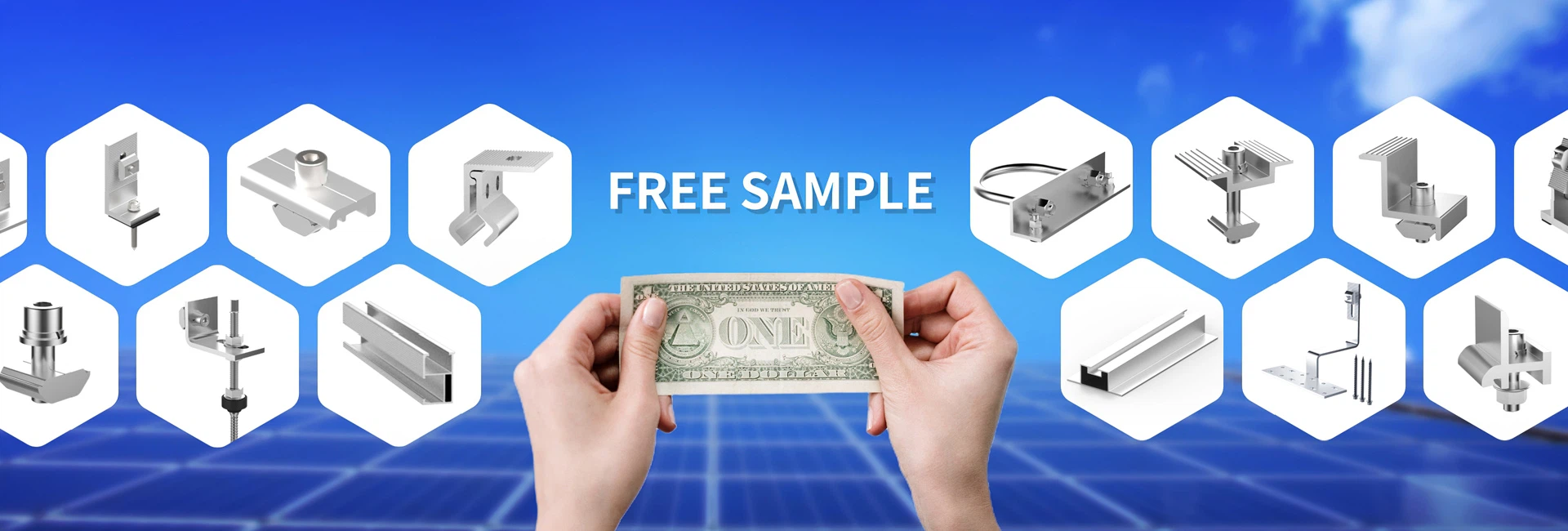How Many Brackets Per Solar Panel:A Professional Guide To Optimizing Solar Mounting
Nov 07, 2025
For buyers considering purchasing solar panels,the key question isn't "how many brackets per solar panel," but rather "how to engineer a mounting system that ensures structural integrity and maximizes return on investment over the project's lifetime." Simple formulas fail in real-world conditions, where miscalculations can lead to structural risks far exceeding bracket costs.

Reframing the Issue: From Quantity to System Engineering
Determining bracket count is a systematic calculation involving structural engineering, local environment, and panel technology. It starts with precise rail span design, not simply allocating brackets.
Core Principle: Support the Rails, Don't Just Count Brackets
Brackets secure the rails, which then support the panels. The critical metric is the maximum allowable rail span, strictly governed by module static/dynamic loads and local wind/snow loads.
Example: For a mainstream 72-cell bifacial glass-glass panel, rail span might be 1.6 meters in low-wind areas but must be reduced to 1.0 meters in high-wind regions. This directly determines the brackets per solar panel string.
Professional Standard: Our designs comply with international building codes and PV power station design standards, utilizing professional load analysis software to eliminate structural risk from the outset.
Key Engineering Factors Influencing Bracket Quantity
Beyond basic environmental loads, these factors are critical for commercial projects:
Panel Technology and Sizes
Larger formats (now over 2.3 meters) demand higher bending and torsional resistance. Our solutions for these panels typically require 3-4 brackets per solar panel along the long side to control deflection and protect performance.
Mounting Base and Array Layout
Concrete Roofs: Allow for wider bracket spacing after load capacity verification.
Metal Roofs: Bracket placement is dictated by purlin spacing, often requiring closer spacing to ensure secure attachment to the main structure.
Ground Mounts: Array tilt and row spacing affect wind loading, requiring specialized analysis that may lead to varying bracket density across the array.
Material and Corrosion Protection
Aluminum: Lightweight and corrosion-resistant, ideal for roofs, but may require more supports due to lower stiffness.
Galvanized Steel: High strength and cost-effective for large power plants, with galvanization levels matched to the project environment.
Strategic Procurement Advice for Buyers
Shift from "Parts" to "Solutions"
Do not procure brackets in isolation. Require suppliers to provide a complete system solution tied to specific panel models and project location, backed by detailed structural calculations.
Evaluate Total Cost of Ownership
An initially cheaper design with insufficient brackets or subpar materials can lead to future repairs or power loss from microcracks, costing far more than the initial savings. We recommend lifecycle cost analysis.
Conduct Rigorous Supplier Qualification
When selecting a partner, verify:
Independent third-party product certifications.
Provision of compliant structural calculation reports.
Proven track record in similar climatic conditions.
Conclusion
The mounting system forms the skeleton of your PV asset. We partner with clients to engineer solutions that are safe, cost-optimized, and durable. Professional engineering analysis is the most vital foundation for protecting your investment.







